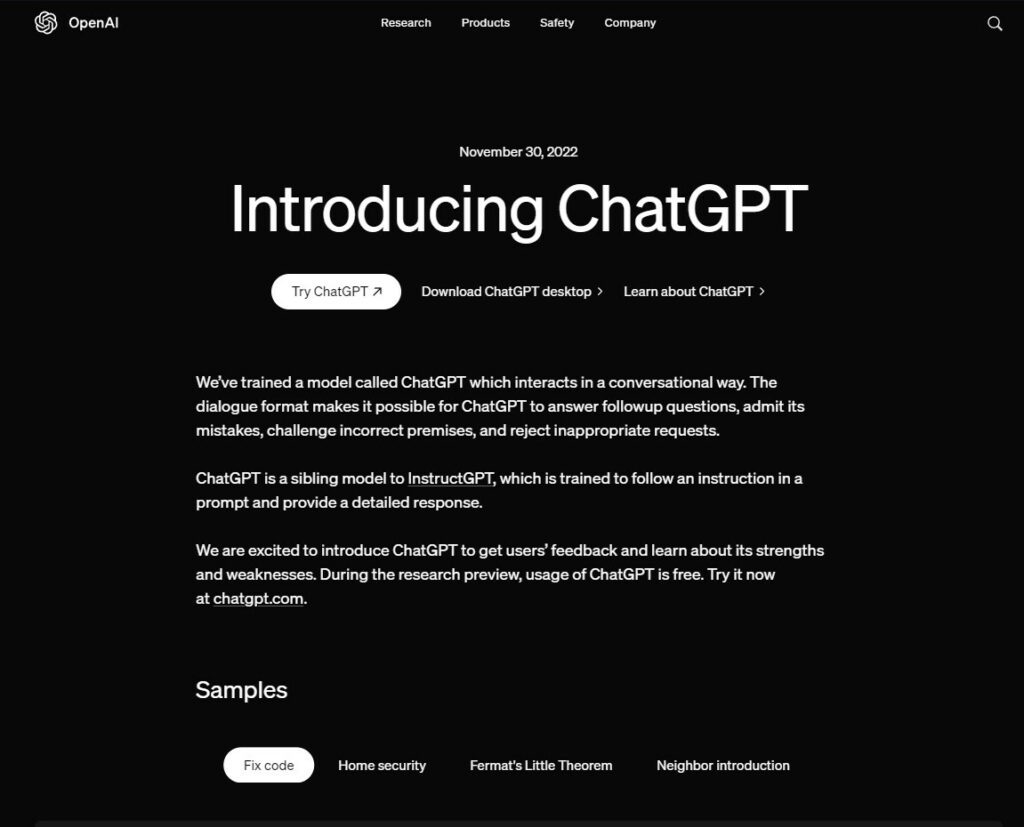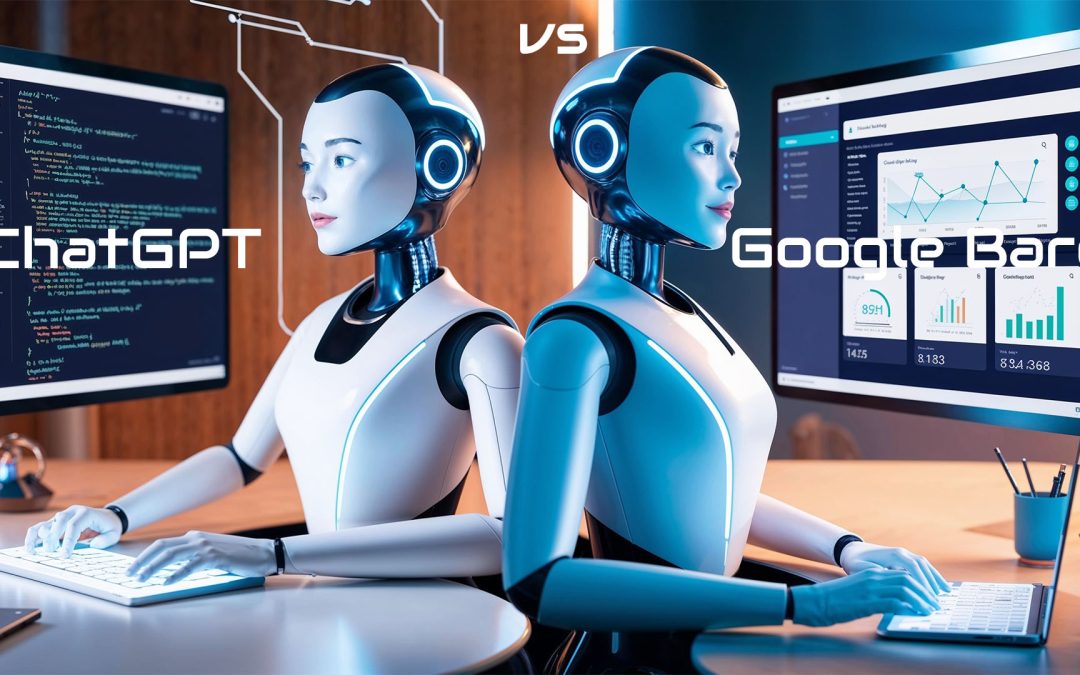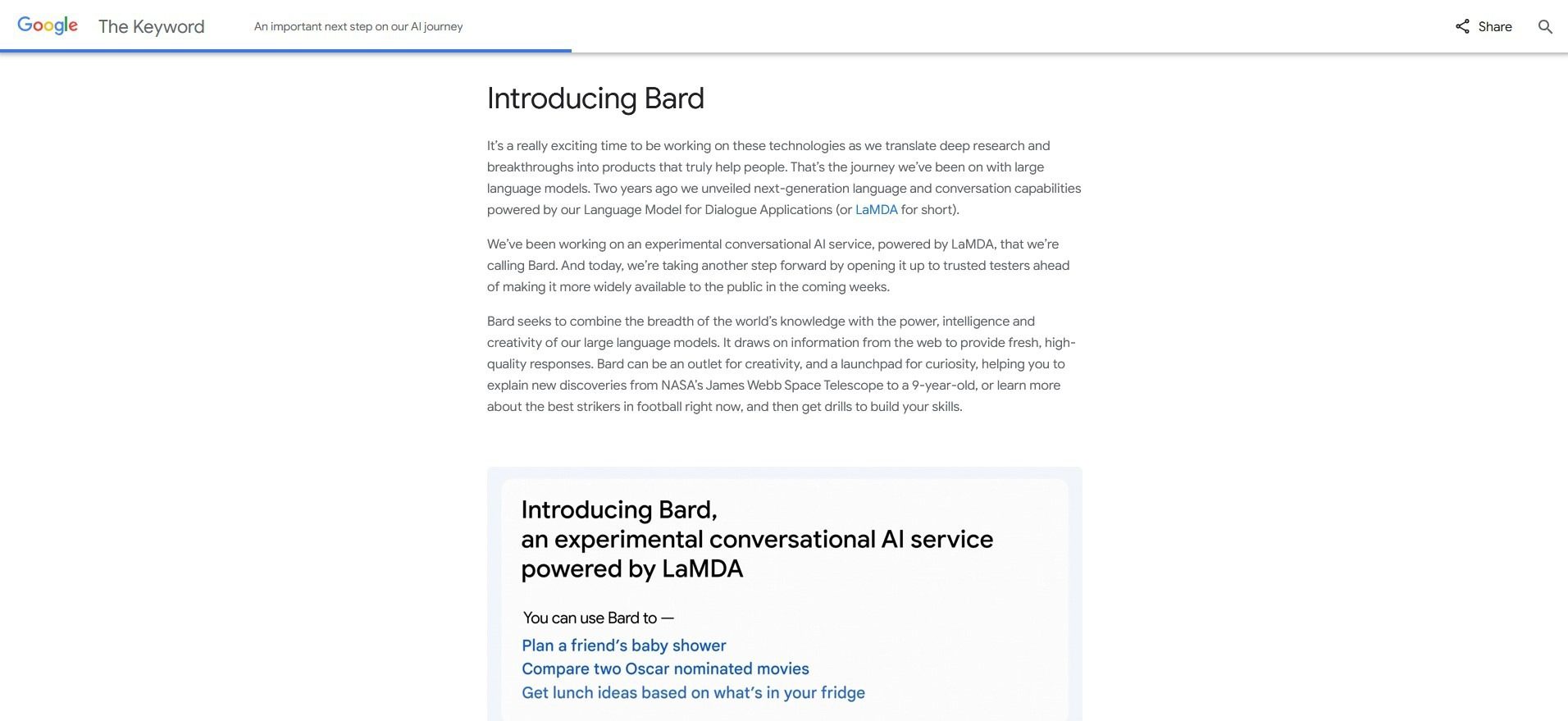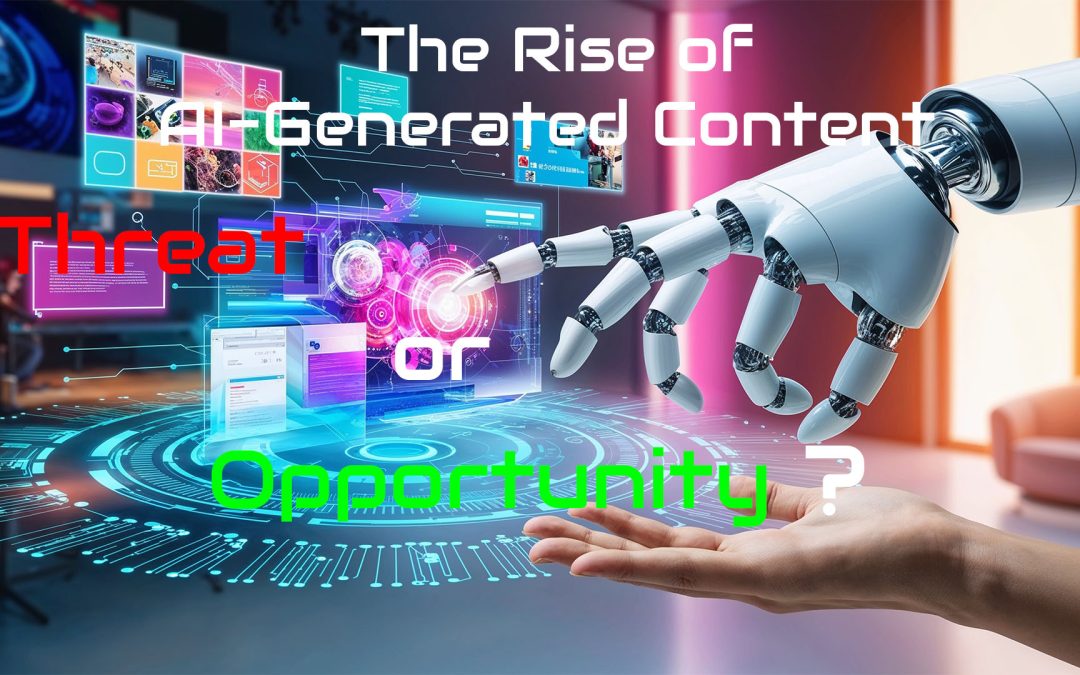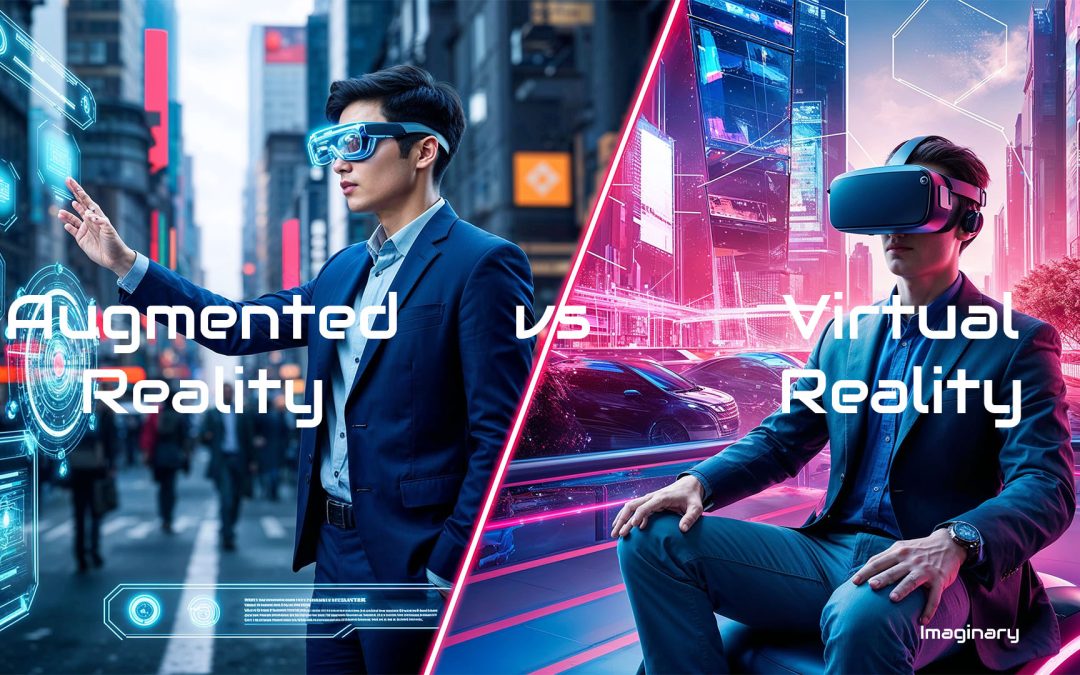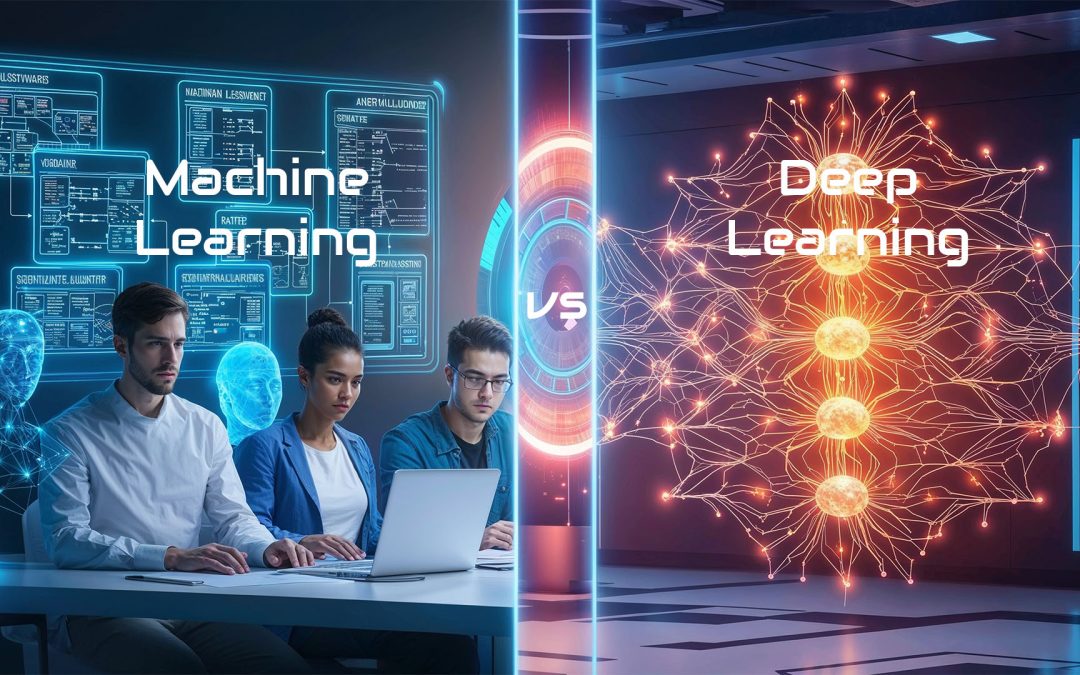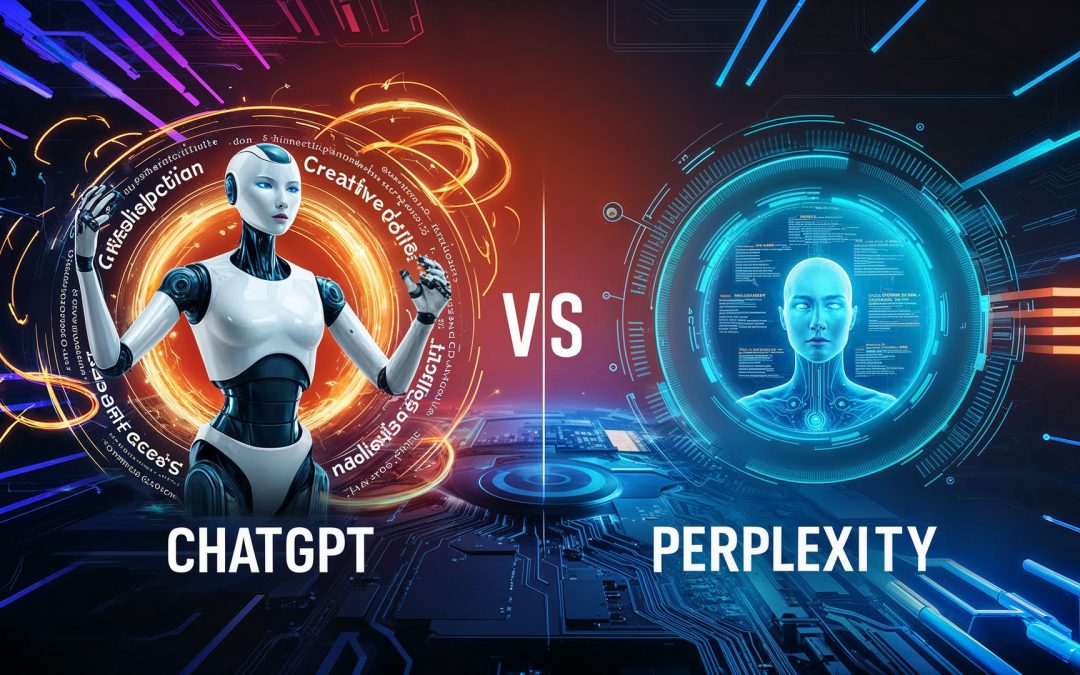
ChatGPT vs Perplexity: Unveiling the Truth Behind AI Assistants in 2024
This detailed comparison between ChatGPT and Perplexity is part of our AI Tools Comparison Series, which explores the best tools shaping the AI landscape.
Introduction – ChatGPT vs Perplexity
Artificial intelligence (AI) has revolutionized the way we interact with technology.
Two prominent tools in the space, ChatGPT and Perplexity, showcase advancements in AI-powered conversational agents.
This article explores their features, strengths, and weaknesses to determine which tool stands out in various contexts.
Overview of ChatGPT
ChatGPT, developed by OpenAI, is a state-of-the-art language model based on the Generative Pre-trained Transformer (GPT) architecture.
It excels in:
- Contextual Understanding: ChatGPT provides detailed responses, maintaining coherence over long conversations.
- Customization: Developers can fine-tune ChatGPT for specific applications.
- User Accessibility: Available through API integration and user-friendly platforms like ChatGPT’s web app.
Key Features:
- Multi-Turn Conversations: Retains context effectively.
- Creative Content Generation: Produces human-like text for stories, blogs, and more.
- Versatility: Suitable for business, education, and entertainment.
However, ChatGPT may sometimes over-generate information or provide content that lacks specificity in niche areas.
Overview of Perplexity
Perplexity AI offers a contrasting approach to conversational AI. It is designed as a question-answering system emphasizing brevity, accuracy, and real-time updates.
Key Features:
- Fact-Based Responses: Sources its answers from verified datasets.
- Real-Time Relevance: Updates its knowledge base frequently.
- Concise Interaction: Offers precise answers without lengthy explanations.
While Perplexity excels in information retrieval, it can struggle with creative or abstract tasks.
Comparative Analysis: ChatGPT vs Perplexity
1. Use Cases
- ChatGPT: Ideal for extended discussions, creative content creation, and brainstorming.
- Perplexity: Best for quick, factual queries and concise answers.
2. Accuracy
- ChatGPT: Balances coherence and creativity but may generate less accurate answers for niche queries.
- Perplexity: Highly reliable for factual information but lacks depth in non-factual contexts.
3. Ease of Use
- ChatGPT: Offers a user-friendly interface suitable for all age groups.
- Perplexity: Simplistic design focuses on efficiency but might feel restrictive for advanced needs.
4. Performance in Real-Time
- ChatGPT: Relies on pre-trained data; lacks real-time updates.
- Perplexity: Provides up-to-date responses, thanks to live integration with current datasets.
5. Cost and Accessibility
- ChatGPT: Offers free and premium plans with varying features.
- Perplexity: Often free but limited in customization options.
Pros and Cons – ChatGPT vs Perplexity
ChatGPT
Pros:
- Versatile and creative.
- Ideal for diverse applications.
Cons:
- Requires constant fine-tuning.
- Limited real-time data.
Perplexity
Pros:
- Accurate and concise.
- Real-time relevance.
Cons:
- Lacks depth in creative tasks.
- Minimal customization options.
Which AI Tool Fits Your Needs?
Businesses
- ChatGPT: Great for customer support, content generation, and internal training.
- Perplexity: Efficient for research-based roles and quick information retrieval.
Individuals
- ChatGPT: Preferred for learning, creative projects, and entertainment.
- Perplexity: Handy for students or researchers seeking quick answers.
Conclusion and Summary – ChatGPT vs Perplexity>
Both ChatGPT and Perplexity are exceptional in their domains. ChatGPT excels in creative and conversational contexts, making it ideal for content creation and long interactions. Perplexity, on the other hand, shines as a quick, reliable fact-checking tool.
Choosing between them depends on your specific needs—whether you prioritize creativity or precision.
By understanding their strengths, you can make informed decisions on integrating these tools into your workflow.
❓ Frequently Asked Questions (ChatGPT vs Perplexity)
What is the primary purpose of ChatGPT?
ChatGPT is designed for multi-turn conversations, creative content generation, and general-purpose assistance.
How does Perplexity AI ensure accuracy?
Perplexity sources its answers from verified datasets and integrates real-time updates for relevance.
Which is better for long conversations?
ChatGPT is better suited for maintaining contextual relevance over prolonged interactions.
Does ChatGPT provide real-time information?
No, ChatGPT relies on pre-trained data without real-time updates.
Is Perplexity good for creative writing?
No, Perplexity focuses on factual answers and is not designed for creative or abstract tasks.
Which is more affordable?
ChatGPT offers both free and premium options, while Perplexity is often free but less feature-rich.
Can ChatGPT be customized for specific tasks?
Yes, ChatGPT can be fine-tuned for various applications.
Does Perplexity support API integrations?
It depends on the version; Perplexity primarily focuses on end-user simplicity.
Which AI tool is best for students?
Perplexity is ideal for students due to its concise, factual answers.
Are these tools multilingual?
ChatGPT supports multiple languages, while Perplexity’s multilingual capabilities are limited.
📚 Related Posts You May Be Interested In
- ChatGPT vs Google Bard: A Fascinating Battle of AI Brilliance in 2024 ⬈
- ChatGPT vs Bing AI: Which AI Assistant Wins in 2024? ⬈
- Leonardo Integrates Veo 3: The AI Video Revolution Just Got Real ⬈
This article is part of the Definitive Guide to Brilliant Emerging Technologies in the 21st Century ⬈.
For a brief comparison, see my previous post, ChatGPT vs. 11 Powerful AI Tools: Unlock Their Unique Features in 2024 ⬈.
Thanks for reading.
Resources – ChatGPT vs Perplexity:
- Get Started with ChatGPT ⬈ – Explore ChatGPT’s features and plans.
- Learn More About Perplexity AI ⬈ – Discover Perplexity’s concise and factual approach.
ℹ️ Note: Due to the ongoing development of applications and websites, the actual appearance of the websites shown may differ from the images displayed here.
The cover image was created using Leonardo AI.

